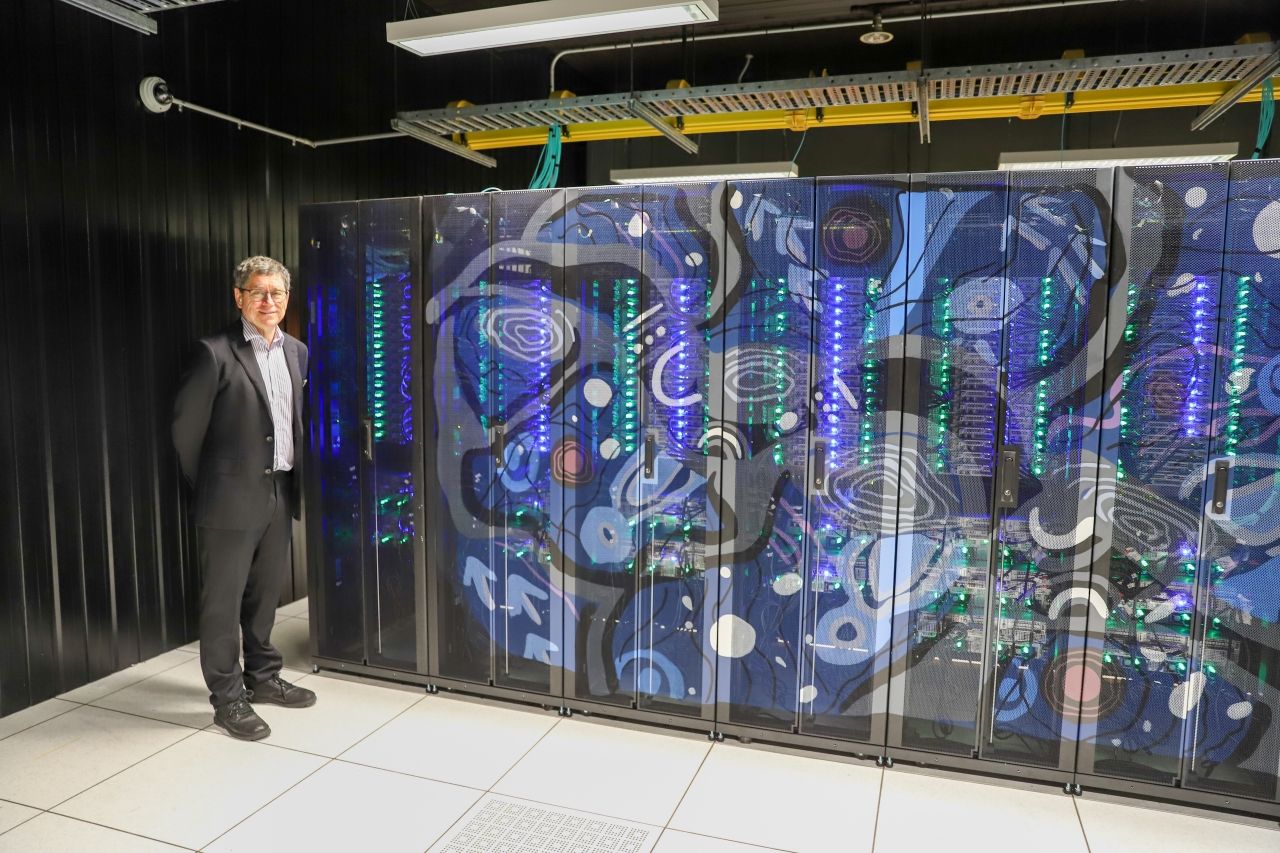Swinburne University of Technology has launched its $5.2 million supercomputer that will produce groundbreaking space technology, medicine, and environmental research by researchers and partners across Australia.
This supercomputer has a processing capacity millions of times beyond that of regular computers, enabling groundbreaking research into space, the brain and complex ecosystems on Earth.
The Ngarrgu Tindebeek supercomputer received $5.2m from the Victorian Higher Education State Investment Fund (VHESIF) in 2022 and was named by Wurundjeri elders through the assistance of the Moondani Toombadool Centre. It translates as "Knowledge of the Void" in the local Woiwurrung language and represents the goal of harnessing the power of a supercomputer to enable researchers to explain the unknown and push the boundaries of knowledge.
Its capabilities include forming a better understanding of:
The mysteries of space including gravitational waves, black holes and galaxy formation
The brain's operation through analysis of brain data by neuroscientists and neuroimaging experts
Our planet through earth observation data generated from satellites and other ecosystem analysis.
"What used to take researchers and students weeks or months to achieve on their desktops, can now be done in a matter of hours," says Data Science Research Institute Director and 2023 winner of the Shaw Prize Professor Matthew Bailes. "This supercomputer is designed specifically to help researchers facing massive data sets - like astronomers or neuroscientists - make groundbreaking discoveries. This already makes it such a sought-after machine from scientists in Australia and around the world."
"Excitingly, it could help us become the first people to convincingly detect gravitational waves from super massive black holes by performing trillions of calculations every second for weeks."

Professor Matthew Bailes with the Ngarrgu Tindebeek supercomputer.
All Victorian universities will be able to use the supercomputer in collaborative research projects. This program of work will support 50 researchers, and be used by over 250 students from high school to PhD level.
Swinburne is also exploring longer term engagements with Wurundjeri and other Indigenous communities through the supercomputer in relation to school engagement and future research opportunities.
Indigenous artist Mandi Barton will design feature artwork for the exterior of the supercomputer in the coming months, further enhancing Ngarrgu Tindebeek's connection to the local Wurundjeri community.
The facility will be supported by Astronomy Australia Limited (AAL) and in partnership with Victoria University (VU) and Federation University Australia (FUA). Support for the ongoing operations of the Swinburne supercomputing environment comes from the National Collaborative Research Investment Scheme (NCRIS).
The new supercomputer builds on Swinburne's long history of supercomputer design, development and operation, which includes discovering many of the first Fast Radio Bursts and determining the parameters of gravitational wave events.






